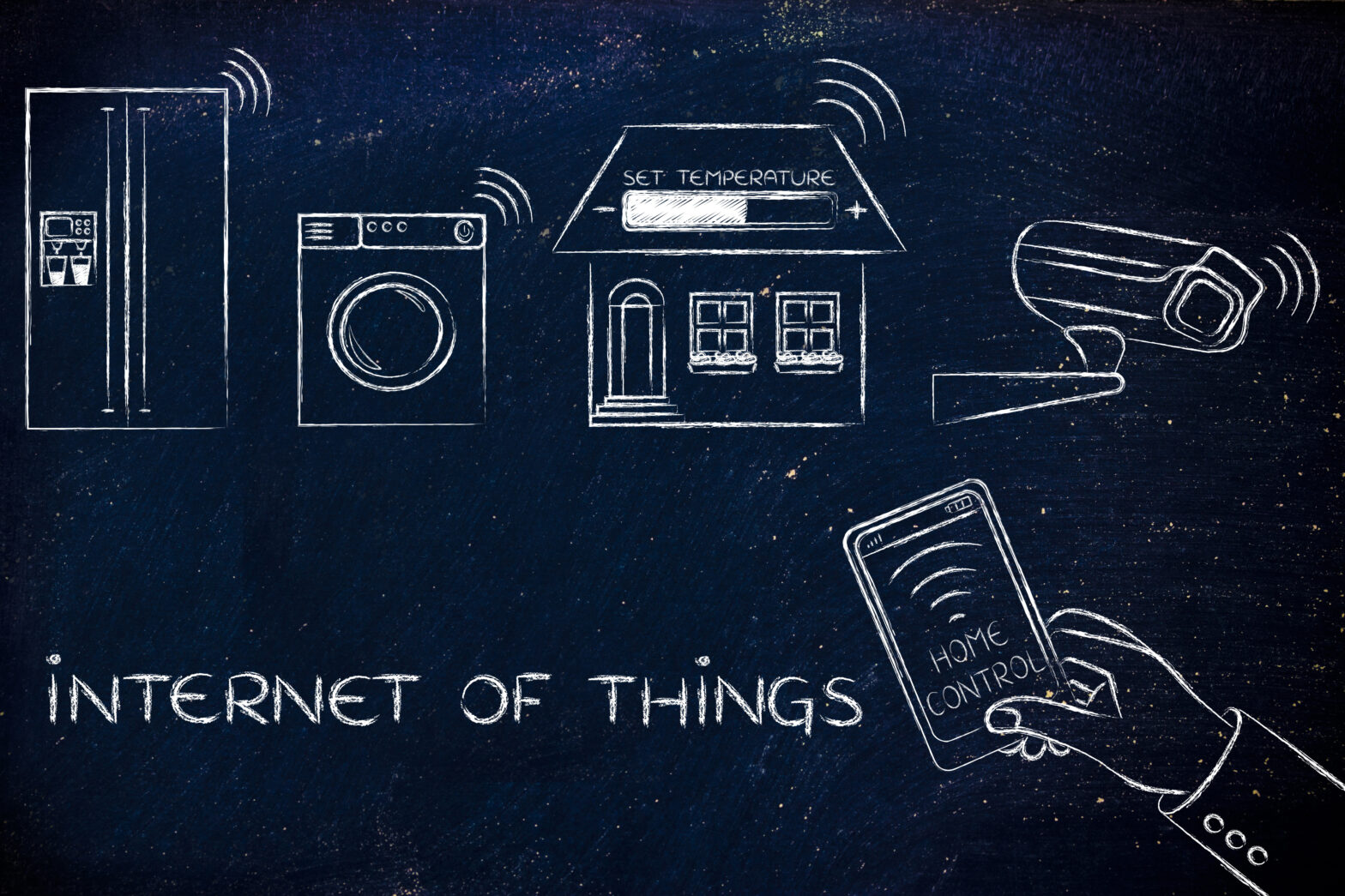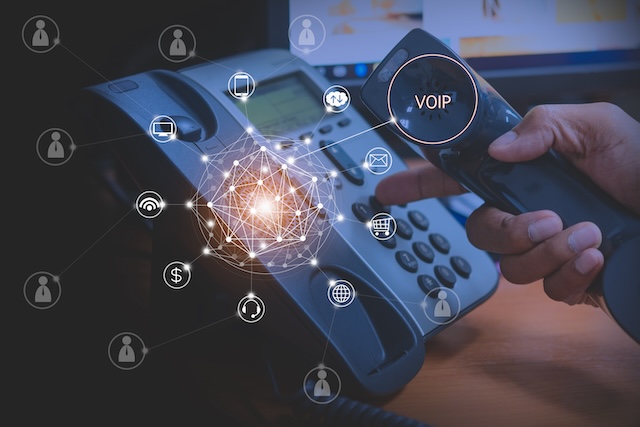There hasn’t been an advancement in retail as drastic as the IoT revolution since the Industrial Revolution. The Internet of Things (IoT) is the idea that everyday objects can be connected in the same way that computers are today. And, with consumer adoption of IoT devices on the rise, now is the perfect time for retailers to get informed and capitalise on the IoT.
Whether it is to improve their overall customer experience, or to create new revenue streams, the IoT truly is changing the face of retail. Here are three ways the IoT could be integrated into every aspect of retail — from store displays, to storage equipment, to the shop floor.
1. Smart shelves
Panasonic is currently developing a product called the Powershelf. These shelves have built-in sensor technology that keeps track of inventory in real-time, saving businesses thousands of pounds in paid hours that they could reinvest elsewhere.
However, Powershelves also have the potential to be extremely useful on shop floors, as they can collect data about shoppers based on the products that they have chosen. In addition, these shelves give customers real-time prices that are based on demand. The shelf labels are wireless and can update prices based on the quantities that are left. The shelves can also detect when the products are about to go out of date, and alter the price according to this information too.
Jobs like stock counting, market research and stock replenishment can take human workers hours. Alternatively, they could be automatically performed by Powershelves talking to each other via the IoT.
2. In-store beacon tech
In-store beacons were set to become very popular for a while, but they haven’t quite caught on as previously anticipated. Beacons rely on customers coming within proximity of a shop, at which point they can be sent a message or an email to encourage them to come into the store — provided that the shop already has their contact details.
Still, it’s a solid idea in principle. A ’10 per cent offer when you buy today’ push notification could be sent to the consumers’ mobiles as an incentive to lure them into a shop if they’re nearby.
The issue with beacon technology is that it relies on Bluetooth, which many consumers don’t have switched on as it is known to drain battery power. In addition, customers usually need to have the brand’s app downloaded too. This places several obstacles in the way of the retailer before it can contact the customer directly.
Despite these obstacles, many brands are using proximity marketing to help drive their retail sales.
3. Smart shopping carts and cashless stores
IoT is a powerful tool for brick and mortar shops to compete with eCommerce stores that are taking over the retail world. Walmart recently began to develop shopping carts that can drive themselves to help customers find their way around its shops. It is also working on a technology that allows customers to order online and get their shopping delivered by a driverless cart directly to their car, or Uber, in the car park.
Similarly, Amazon’s Seattle shop has no checkouts. Customers simply enter the shop, pick up the items they need off the store display, and leave. Sensors around the shop record the items that customers pick up, removing the need for them to check out.
Whether or not any of these ideas will become an integral part of retail’s future remains to be seen. Predicting the future is always difficult and businesses and individuals are right to be sceptical of anyone telling them that the future is going to be radically different because of the IoT.
However, just because people should be sceptical about the idea that the IoT may change retail entirely, it doesn’t mean that they should write the idea off altogether. One IoT development is unlikely to change retail on its own, but as more of these technologies enter the market and they become more affordable, a greater impact will begin to be seen throughout retail.
Ali Newton is marketing executive for The Display Centre.




